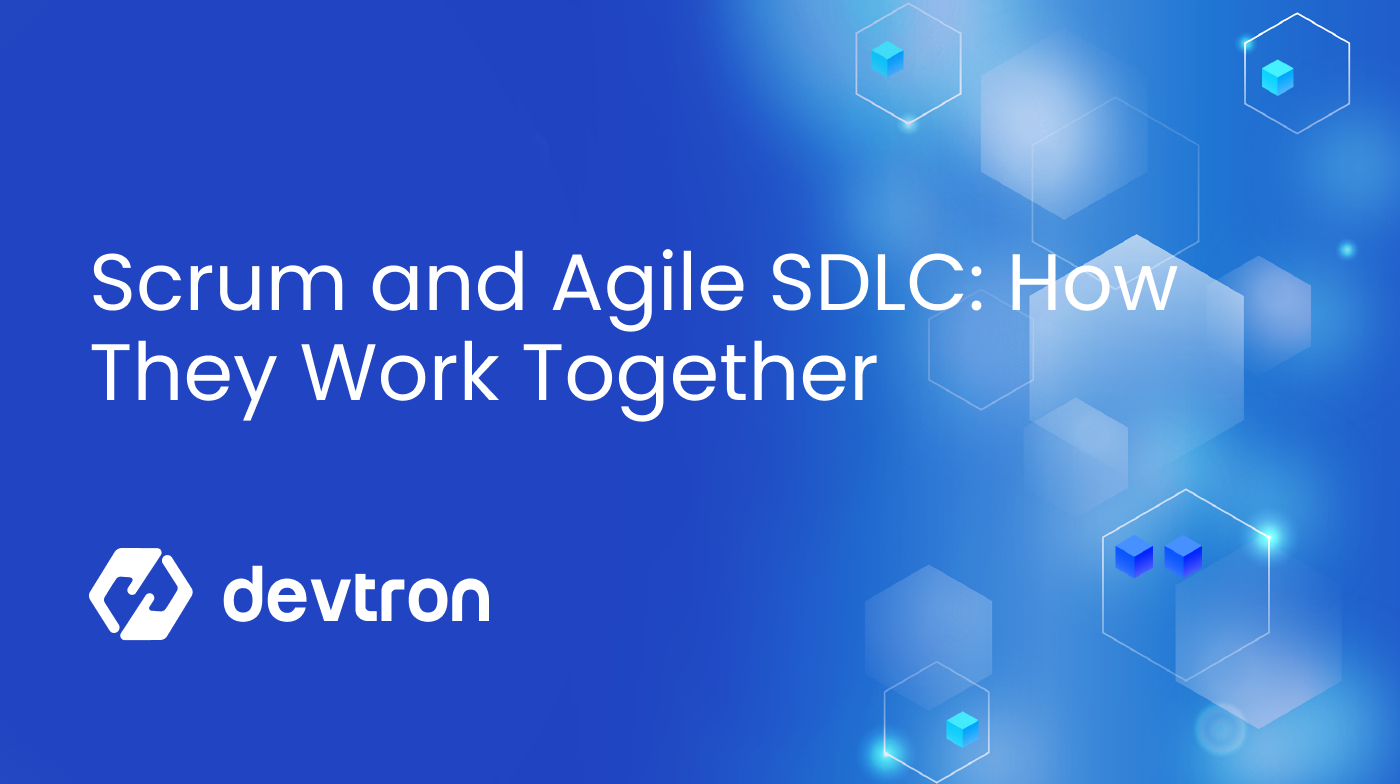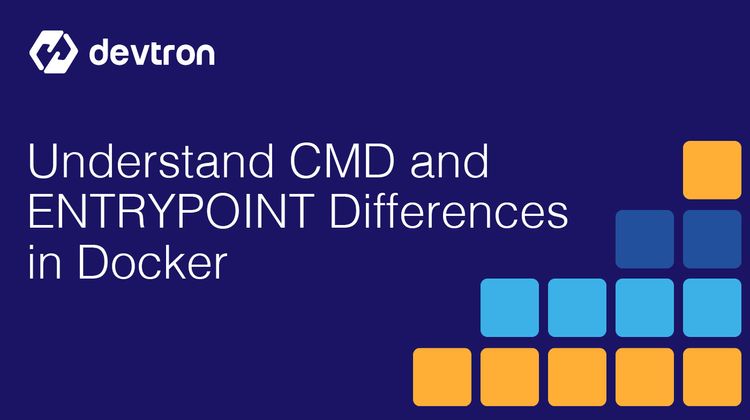In today’s fast-paced world of software development, adaptability and collaboration are more important than ever. Agile, with its focus on flexibility and iterative progress, has become the guiding philosophy for many teams. But how do you turn a set of principles into actionable practices? Enter Scrum—a framework designed to bring Agile to life. In this blog, we’ll explore how Scrum and Agile work together to transform the software development lifecycle (SDLC) into a seamless, efficient process that delivers real value, one sprint at a time.
Please read this blog to learn more about the entire Software Development Lifecycle.
What is Agile in SDLC?
Agile in SDLC (Software Development Lifecycle) is an iterative and flexible approach to software development that prioritizes collaboration, adaptability, and delivering small, functional increments of a product. Unlike traditional models like Waterfall, Agile emphasizes continuous feedback, customer involvement, and the ability to respond to changing requirements throughout the development process. By breaking projects into smaller cycles called iterations or sprints, Agile enables teams to deliver value faster and improve with each cycle.
Agile works by following an iterative and incremental approach to software development:
- Break Projects into Iterations: The work is divided into small, manageable cycles called iterations or sprints, typically lasting 1-4 weeks.
- Prioritize Requirements: Features and tasks are listed in a backlog, prioritized based on business value and customer needs.
- Plan Collaboratively: Teams hold planning sessions to decide what work to complete in the next iteration.
- Focus on Collaboration: Continuous communication among team members, stakeholders, and customers ensures alignment and quick problem-solving.
- Deliver Incremental Value: Each iteration produces a potentially shippable product increment, allowing for regular customer feedback.
- Adapt to Change: Teams embrace evolving requirements and reprioritize tasks based on feedback and market conditions.
- Review and Reflect: After each iteration, teams review the deliverables and hold a retrospective to identify areas for improvement.
What is Scrum in SDLC?
Scrum is a framework within Agile that helps teams deliver complex projects efficiently and iteratively. It organizes work into time-boxed cycles called Sprints (typically 1-4 weeks) and emphasizes collaboration, adaptability, and delivering small, valuable product increments regularly. Scrum defines specific roles (Product Owner, Scrum Master, Development Team), events (Sprint Planning, Daily Standups, Sprint Review, Sprint Retrospective), and artifacts (Product Backlog, Sprint Backlog, Increment) to ensure a structured, repeatable process for continuous improvement and value delivery.
Scrum works by providing a structured approach to iterative development:
- Organizes Work into Sprints: Divides work into time-boxed iterations called Sprints, usually 1-4 weeks long.
- Defines Clear Roles: Includes a Product Owner (prioritizes tasks), Scrum Master (facilitates the process), and Development Team (executes the work).
- Manages Backlogs: Uses a Product Backlog (all tasks and features) and Sprint Backlog (tasks for the current Sprint).
- Plans Each Sprint: Teams decide what work to complete and how to achieve it during a Sprint Planning session.
- Tracks Progress Daily: Conducts Daily Standups to share progress, plans, and resolve roadblocks.
- Delivers Incremental Value: Produces a usable product increment at the end of each Sprint.
- Reviews Work with Stakeholders: Holds a Sprint Review to present deliverables and gather feedback.
How Agile fits into Scrum?
Agile provides the foundational philosophy for Scrum, offering principles such as customer collaboration, flexibility, and iterative development. Scrum, as a framework within Agile, turns these principles into specific practices that guide teams in their daily work. Agile emphasizes the need for continuous feedback, adaptability, and delivering value in small increments. Scrum operationalizes these values through time-boxed iterations called Sprints, where teams work collaboratively to deliver a usable product increment and reflect on their processes through regular reviews and retrospectives.
In this way, Scrum serves as a practical implementation of Agile, offering structured roles, ceremonies, and artifacts that help teams work in alignment with Agile principles. While Agile guides the mindset and overall approach, Scrum provides the specific framework that organizes and enables teams to deliver high-quality, value-driven software in a flexible, adaptive environment.
Key Elements of Scrum in the Agile SDLC
There are a few key elements of the Scrum methodology in an Agile SDLC framework. Let’s understand what are these elements and how they help to enhance the overall SDLC
Roles
In Scrum, there are three key roles that ensure the team works effectively and delivers value. The Product Owner is responsible for defining and prioritizing the work in the Product Backlog, ensuring that the team focuses on the most important features. The Scrum Master acts as a facilitator, removing any obstacles the team faces and ensuring that Scrum practices are followed. The Development Team is a cross-functional group that works collaboratively to design, develop, test, and deliver the product increment within each Sprint, ensuring high-quality output. Together, these roles drive the Scrum process toward delivering value through continuous improvement and collaboration.
Artifacts
In Scrum, artifacts are key elements that help track progress and ensure transparency throughout the development process. The Product Backlog is a prioritized list of all tasks and features needed for the product, maintained by the Product Owner. The Sprint Backlog is a subset of items selected from the Product Backlog for a specific Sprint, along with a plan for how to complete them. The Increment is the working product or feature delivered at the end of each Sprint, which must meet the "Definition of Done" and be potentially shippable. These artifacts ensure alignment, clarity, and focus on delivering value throughout the project.
Events
In Scrum, events are time-boxed activities that structure the workflow and ensure continuous collaboration, progress, and improvement. A Sprint is a short, focused iteration, typically lasting 1-4 weeks, where the team works on a set of tasks. Sprint Planning kicks off the Sprint by defining the goal and selecting work to be done. The Daily Standup is a brief, daily meeting where team members share their progress, plans, and blockers. At the end of the Sprint, the Sprint Review allows the team to showcase completed work and gather feedback from stakeholders. Finally, the Sprint Retrospective is a meeting for the team to reflect on the Sprint, identify successes and areas for improvement, and adjust processes for the next iteration. These events foster communication, accountability, and continuous improvement.
Benefits of Combining Scrum and Agile
By combining Scrum’s structured framework with Agile’s flexible mindset, teams can maximize the benefits of both, creating a dynamic and effective approach to software development that delivers value quickly and iteratively. Combining Scrum and Agile offers several key benefits that enhance the efficiency and effectiveness of software development:
- Increased Flexibility: Agile’s core principle of adaptability is fully realized through Scrum’s iterative approach. Teams can quickly adjust to changes in requirements, technology, or market conditions, ensuring that the product evolves to meet customer needs.
- Faster Time-to-Market: Scrum’s time-boxed Sprints deliver small, incremental improvements regularly, allowing teams to release functional software more frequently. This helps get valuable features into users’ hands faster and makes it easier to prioritize high-impact work.
- Improved Collaboration: Scrum’s structure encourages constant communication and collaboration between the Product Owner, Scrum Master, and Development Team. Agile principles foster a culture of teamwork, leading to better problem-solving, faster decision-making, and greater alignment with stakeholders.
- Continuous Feedback: Agile emphasizes the importance of feedback, and Scrum provides frequent opportunities for this through Sprint Reviews and Daily Standups. This ensures the team can respond quickly to user feedback and refine the product based on real-world insights.
- Higher Quality: By focusing on delivering small, manageable increments, Scrum helps reduce the risk of major defects or bottlenecks. The regular reviews, retrospectives, and continuous improvement fostered by Agile principles ensure that quality is built into every step of the process.
Conclusion
In conclusion, combining Scrum with Agile creates a powerful synergy that drives efficiency, collaboration, and continuous improvement in software development. While Agile provides the flexibility and mindset needed to adapt to changing requirements, Scrum gives teams the structured framework to deliver high-quality, value-driven software iteratively. Together, they enable teams to respond to feedback faster, improve collaboration, and deliver incremental value at a quicker pace. By embracing both Scrum and Agile, organizations can streamline their development processes and better meet the needs of their customers in today’s fast-paced world.
FAQ
What is Scrum in SDLC?
Scrum is an Agile framework used in SDLC for managing and completing complex software development projects. It breaks the project into small, manageable tasks (sprints), promoting iterative development, collaboration, and continuous improvement.
What is Agile in SDLC?
Agile in SDLC is a flexible, iterative approach to software development that emphasizes collaboration, customer feedback, and rapid delivery of functional software through short development cycles called sprints.
Is Agile Scrum an SDLC?
Agile Scrum is not an SDLC itself but an Agile framework used within SDLC. It focuses on iterative development, collaboration, and flexibility, guiding teams to deliver software in short cycles (sprints).
What are the benefits of Agile Scrum?
Benefits of Agile Scrum include:
- Flexibility: Adapts to changes quickly.
- Faster Delivery: Delivers working software in short cycles.
- Improved Collaboration: Encourages communication within teams and with stakeholders.
- Higher Quality: Continuous testing and feedback improve quality.
- Customer Satisfaction: Regular updates ensure the product meets customer needs.








